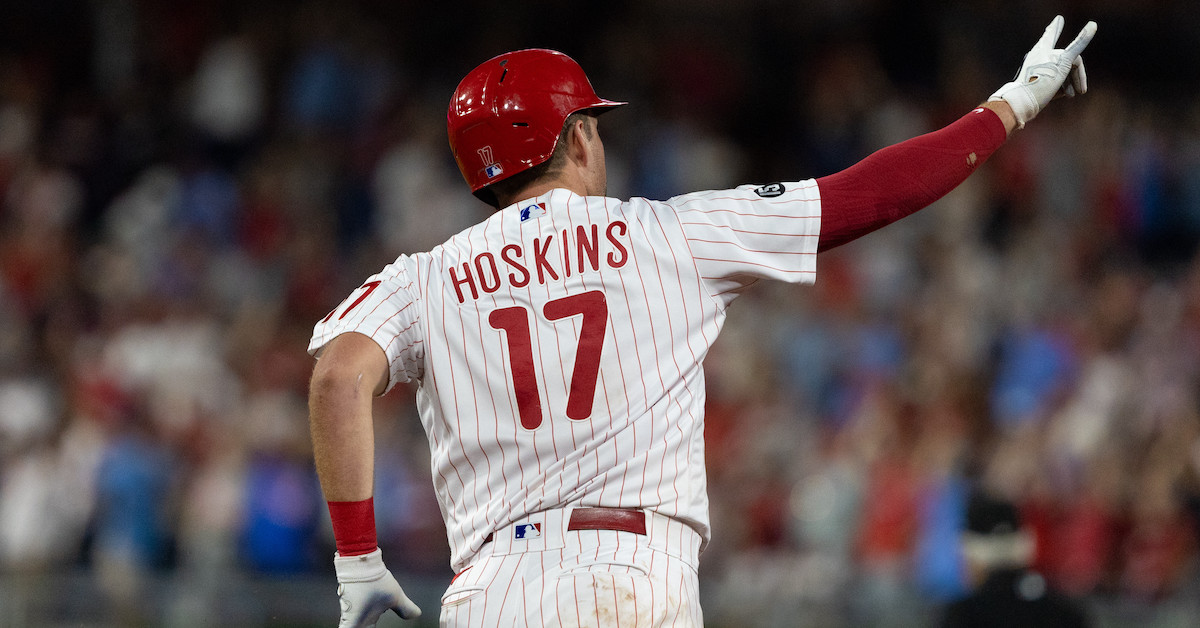Rhys Hoskins Talks Hitting

Rhys Hoskins hits for power. The 29-year-old Philadelphia Phillies first baseman went deep 27 times last year in 443 plate appearances; his home run totals in his previous full seasons were 34 and 29 respectively. Moreover, the most notable digits in his career .241/.360/.502 slash line are those of his slugging percentage. And then there is his average exit velocity. Last year, Hoskins ranked in the 83rd percentile for that particular metric.
Slugger bona fides aside, he’s no mere masher. Hoskins is a student of the art of hitting, and he has been since his days at Sacramento State University. That’s where he learned to hunt the heater, an approach that — as the numbers attest — has served him well.
Hoskins discussed his evolution as a hitter, and the mindset that helps him flourish in the batter’s box, at the Phillies’ spring training site in Clearwater on Wednesday afternoon.
———
David Laurila: How do you identify as a hitter?
Rhys Hoskins: “I think I’m a hitter with a pretty good understanding of the strike zone. High on-base guy. High power guy with always a chance to hit for more average. That’s the way I would describe myself.”
Laurila: Many people view you as a power hitter. Do you like that label?
Hoskins: “I feel like when you hear ‘power hitter,’ there’s a little bit of all-or-nothing attached to that. So I don’t know if I would necessarily say I’m a power hitter. I think I’d rather say that I’m a hitter with some power.”
Laurila: Where, and from whom, did you learn to hit? Read the rest of this entry »







